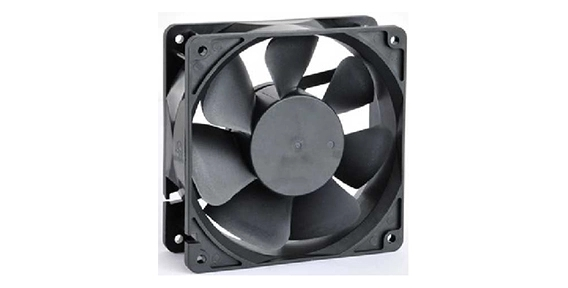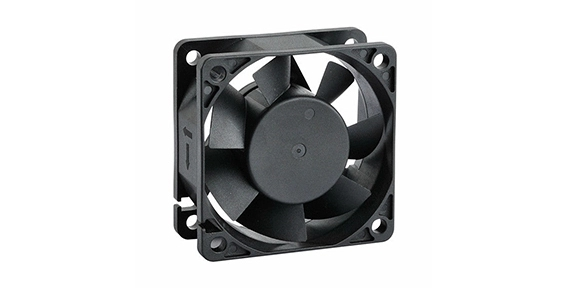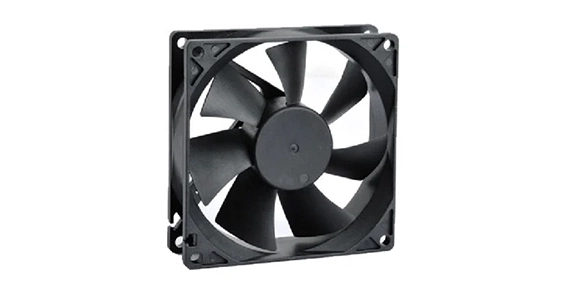The 170mm EC fan is an energy-efficient and high-performance fan used in various industrial applications such as cooling, ventilation, and air filtration systems. With its electronically commutated (EC) motor, it provides better control over airflow, speed, and noise levels compared to traditional AC fans. The 170mm size is suitable for use in medium to large industrial settings, and its advanced design offers benefits such as reduced energy consumption, quiet operation, and longer service life.
Types of 170mm EC Fan

 EN
EN 
 +
+
 +
+
 +
+
 +
+



